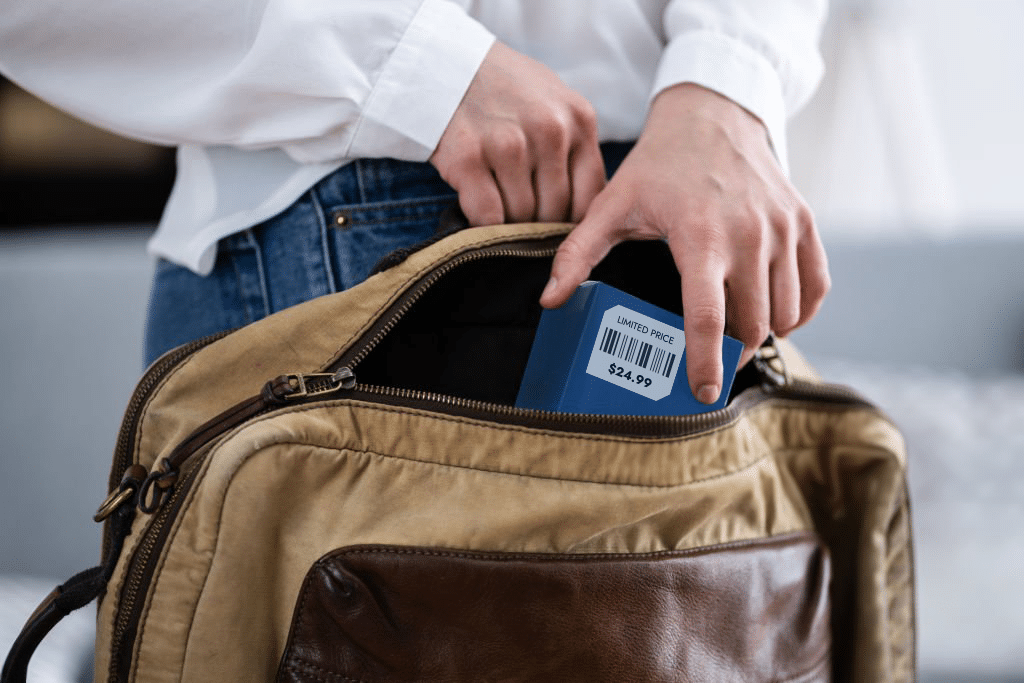According to the National Retail Federation, the retail drug, grocery and mass merchandise sectors on average lose around two percent of revenue to shrink each year, meaning even a smaller chain is seeing millions of dollars in losses. As we’ve seen with recent reorganizations and bankruptcies, this is not sustainable.
Certainly, there has always been shrink, whether it was due to theft, poor inventory management, improper training or bad controls. But in the dynamic landscape of the retail industry, combating shrinkage remains a persistent challenge. Shrink not only erodes profits but also disrupts operational efficiency. However, with the advent of advanced technologies and strategic initiatives, retailers are increasingly empowered to mitigate shrink and safeguard their assets effectively.
The bottom line is that retailers need to stop shrink before it happens, and that starts with deploying both technological and personnel resources to determine and address the root causes. With that in mind, here are five things that you should be doing now (actually, you should have been doing them two years ago):
1. AI Surveillance and RFID Tagging:
The integration of AI surveillance systems and RFID (Radio Frequency Identification) tagging marks a pivotal advancement in retail security. AI-powered cameras and behavior analysis algorithms enable real-time monitoring of store premises, swiftly detecting suspicious activities and potential theft incidents. RFID also offers granular visibility into inventory movement, allowing retailers to track products throughout the supply chain and within stores. By leveraging these technologies, retailers can proactively identify shrinkage hotspots and implement targeted interventions.
2. Employee Training and Awareness:
Empowering frontline staff with comprehensive training on loss prevention tactics is instrumental in fortifying the defense against shrink. Expert third-party service organizations also play a role here. Beyond conventional security measures, such as surveillance cameras and EAS (Electronic Article Surveillance) systems, well-trained personnel serve as vigilant guardians of store assets. Investing in robust training programs equips staff with the knowledge and skills to identify suspicious behaviors, execute effective theft deterrence strategies and uphold adherence to security protocols. Fostering a culture of accountability and vigilance among employees cultivates a formidable line of defense against shrinkage.
3. Predictive Analytics and IoT Tracking:
The convergence of predictive analytics and IoT (Internet of Things) technologies revolutionizes inventory management practices, enabling retailers to anticipate and preempt shrink risks. By harnessing historical sales data, market trends and external factors, predictive analytics models forecast demand fluctuations and identify potential shrinkage triggers. Concurrently, IoT-enabled sensors embedded within merchandise and storage facilities provide real-time insights into inventory levels, conditions and movement patterns. Armed with predictive intelligence, retailers can optimize stocking strategies, enhance supply chain resilience and mitigate the risk of shrinkage proactively.
4. Enhanced Security Protocols and Deterrence Measures:
Augmenting traditional security protocols with innovative deterrence measures bolsters the resilience of retail establishments against theft and shrinkage. Deploying visible security signage, anti-theft packaging, and strategically positioned mirrors creates a perceptible deterrent effect, dissuading would-be perpetrators from engaging in illicit activities. Implementing access controls, biometric authentication systems and secure storage solutions also fortifies the physical security infrastructure, safeguarding valuable assets from unauthorized access and pilferage.
5. Collaborative Partnerships and Industry Collaboration:
In an era of interconnected supply chains and shared risks, fostering collaborative partnerships and industry-wide collaboration is paramount to effectively combatting shrink. Retailers need to leverage data-sharing initiatives, consortiums and collaborative platforms to exchange actionable insights, best practices and threat intelligence related to shrink reduction. By pooling resources, expertise and technological capabilities, stakeholders across the retail ecosystem can collectively tackle common challenges and fortify resilience against shrinkage threats.
The pursuit of shrink reduction in the retail industry necessitates a multifaceted approach that integrates advanced technologies, expert personnel, strategic initiatives and collaborative partnerships. By harnessing the power of AI, RFID, training and analytics, retailers can fortify their defenses, optimize operational efficiency and safeguard profitability. Embracing innovation and proactive measures not only mitigates shrinkage but also fosters a culture of resilience and adaptability essential for sustained success.
SPAR Group experts help retailers and brands turn their shrink challenges into opportunities every day. Contact us HERE to find out how.
